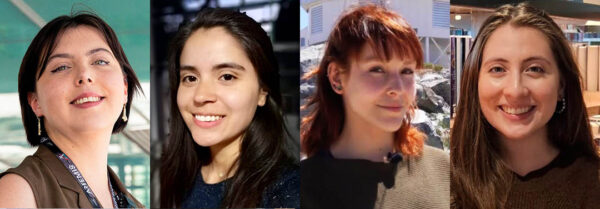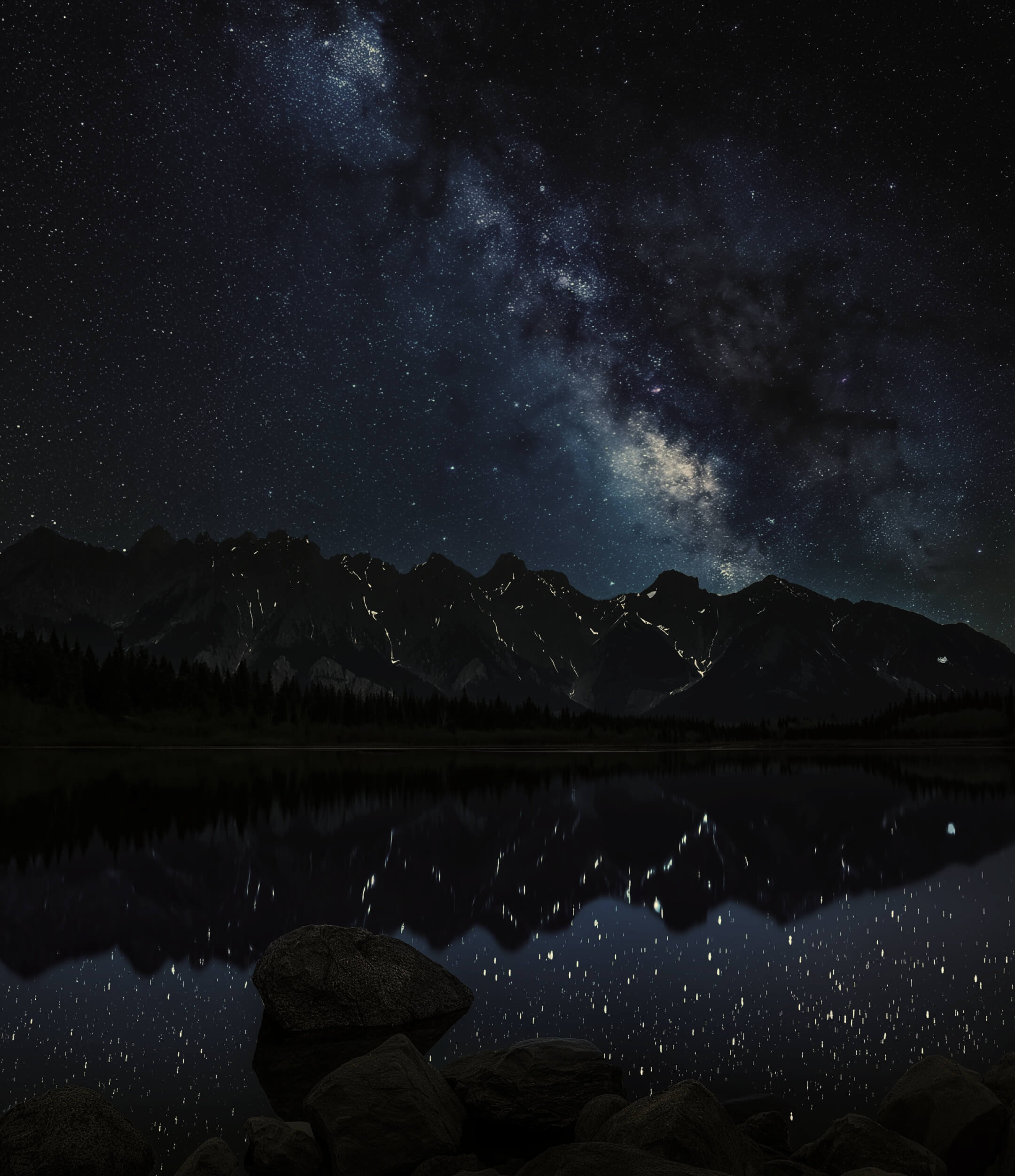The young astronomers who have revolutionized scientific outreach in Chile


Posteado
Cielos Chile
schedule Wednesday 27 de March
Carol Rojas, Catalina Zamora, Francisca Contreras, and Teresa Paneque are representatives of the new generation of science communicators who seek to share the world of astronomy through various platforms and disciplines.
Chile is globally recognized for having one of the best skies for astronomical research, which has encouraged the strong academic development of this science in the country. To bring the space discoveries made from this corner of the world closer to its citizens, a new generation of female astronomers is using social media, books, podcasts, and art.
Carol Rojas is an astronomer and holds a master’s degree in Astrophysics from the Catholic University. She became interested in science from a young age due to her curiosity about understanding the how and why of things. While at university, she attended meetings or gatherings with friends and noticed the lack of information on this topic.
“Being Chile a very important country for world astronomy, the general population’s knowledge about this science was very scarce. That’s how, while pursuing the Master’s in Astrophysics, I decided I wanted to contribute to the solution and dedicate myself to science communication,” she said.
Today she is in charge of Communications and Outreach at the Las Campanas Observatory, and last year she published the book “Astromarine Bestiary,” about the analogies between celestial bodies and marine creatures. Carol explains that what science communication does is re-contextualize specialized knowledge to adapt it to different audiences. “I have always believed that a scientist really doesn’t understand what they do if they can’t explain the how and why to anyone who asks, regardless of their background knowledge,” she emphasized.
It has been science communication that has led girls and young people to know and become interested in the world of astronomy. That was the case for Catalina Zamora, an astronomer and master’s in Astrophysics from the University of Valparaíso. At twelve years old, after attending a mobile planetarium with her classmates, she decided this was going to be her career.
“Thanks to science communication, I learned a lot about astronomy when I was a teenager: I participated in talks, astronomy courses, cut out articles from magazines and newspapers, bought books, came home from school to watch ‘Cosmos,’ etc. I believe that sharing knowledge and keeping curious minds is a habit that must be cultivated, so I find science communication fundamental,” she pointed out.
The tool Catalina found for science communication is exceptional: with the help of a brush and watercolors, she paints portraits of nebulae, galaxies, and stars present in the universe. The astronomer highlights the importance of mixing this science with other disciplines, such as art: “By learning through an interdisciplinary approach, you can understand complex topics more easily.”
Astronomy classes through Reels and Tiktok
Catalina publishes her watercolors on her Instagram account (@catamzm), a social network that, along with Tiktok, has been a fundamental tool for the new generation of science communicators. Francisca Contreras, an astronomer from the University of Chile, defines herself as a science communicator and has also found her space on social media.
Originally from the south, she says she has always felt called by territoriality and connecting with people. Known as Fran Astrónoma (@fran.astronoma), she has 38.4 thousand followers on Instagram. “Social media is an instance of visibility above all, because I don’t think we can take something like the classroom or books as fundamental for learning. Social media is a way to connect with audiences,” she noted.
Teresa Paneque (@terepaneque), an astronomer and master’s in Astronomy from the University of Chile, now has over 900 thousand followers on her various social media platforms. For the 2019 eclipse, instead of traveling north, she had to stay in Santiago, and the university asked her to attend a couple of interviews with media looking for astronomers in the area. Since then, through social media, books, and podcasts, she has dedicated herself to science communication.
“I believe it is deeply rooted in my eternal passion for teaching and that now instead of teaching in front of a blackboard, I am doing it through the phone and social media. I think it is very important that there is access to scientific education because it fosters critical thinking, curiosity, forms a more conscious, more empathetic society that faces questions in a much more comprehensive way,” she expressed.
How to attract more girls and young people to the world of astronomy?
“The best way to motivate girls and young people to pursue scientific careers, besides communicating these areas, is to make women scientists and their work visible. Women who have broken stereotypes, diverse women who love science. Knowing their history, their motivations, is undoubtedly a great incentive. This has been increasing, but unfortunately, panels of experts formed exclusively by men or interviewing only men in newspapers or newscasts are still being created,” points out Carol Rojas.
Teresa Paneque considers that in Chile, astronomy is more accessible to people compared to other less known disciplines like marine biology, physics, or ecology. “What we lack is access, that everyone in school can have quality education, go to science museums, go to interactive museums, be part of conversations with scientists, and in that way, open up opportunities. We have to work so that all young people feel that it is a possibility to do science, do research, and question the world,” she concluded.

Subscribe to our newsletter
Receive relevant information about the skies of Chile every month
